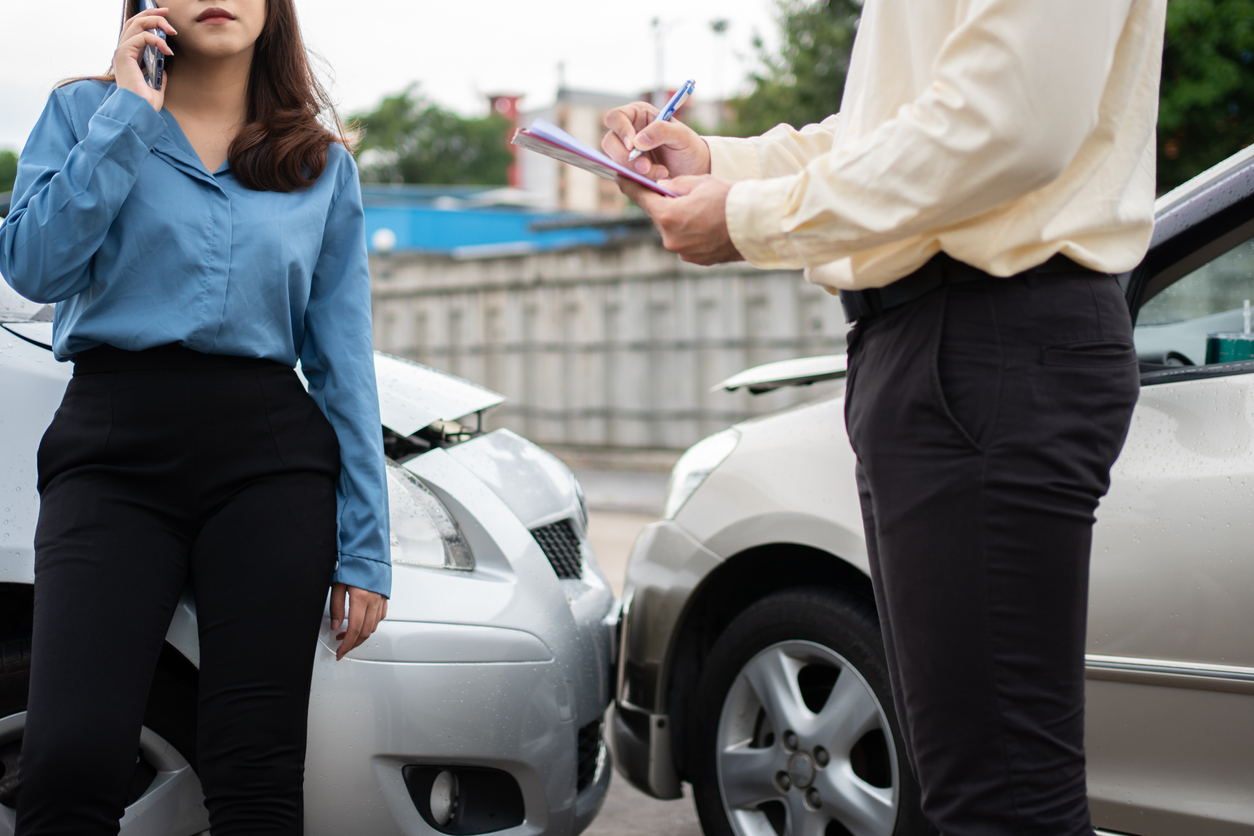When it comes to car accidents, rear-end collisions are some of the most frequent crashes in California and throughout the nation.
Statistically, roughly a third of all crashes nationwide are classified as rear-end collisions. Sadly, these crashes have also proven fatal, and figures show that over 1,700 motorists die each year from injuries sustained in rear-end-related wrecks.
If you drive in Los Angeles traffic, you’re likely at risk of a rear-end collision. As such, you should know how these accidents occur and how you can recover your losses.
Rear-End Collisions Explained
One significant contributing factor in car crashes is negligence by one or more drivers. Negligence can occur in many ways, and the results can be devastating. Some of the most everyday examples of driver negligence in rear-end collisions include the following:
- Distracted driving
- Driving while fatigued
- Driving while under the influence of drugs or alcohol
- Speeding and moving violations
- Poor vehicle maintenance
- Road rage and aggressive driving
- Tailgating
Driver safety is vital in preventing traffic accidents. Accidents are more likely to occur whenever a motorist engages in neglectful behaviors. Because read-end crashes generally occur whenever drivers are close to each other, any distraction can turn into a serious wreck.
Determining Fault in a Rear-End Collision
Under California law, you’ll need to provide evidence that the driver engaged in negligent behavior that resulted in a rear-end collision.
Because every car crash is unique, evidence can vary greatly depending on the circumstances. Some of the most common evidence used to prove negligence and determine fault include:
- Police reports
- Video evidence of the crash
- Witness statements
- Testimony from traffic experts
The evidence in a car crash claim will also need to meet California’s threshold for common-law negligence, including the following elements:
- The at-fault driver did not engage in a duty of care
- Their breach of duty directly resulted in the accident
- Damages ensued as a result of the crash
If you have been involved in a rear-end collision, a seasoned car crash attorney can review the facts in your case to determine the best course of action.
Typical Scenarios for Rear-End Collisions
A rear-end collision is defined as any accident where one vehicle’s front end collides with another vehicle’s rear end. Typically, these crashes occur when two cars drive in the same lane, one behind the other.
The most typical rear-end collisions involve two drivers, although multiple-car pile-ups are also common. Whenever one driver comes to a sudden stop, the tailing vehicle is more likely to crash into the rear. Alternatively, a tailing vehicle may accelerate excessively and crash into the back of the car in front.
Comparative Negligence in California
Unlike other states, California law allows for fault to be shared between two or more motorists responsible for a rear-end crash. This is known as comparative negligence.
Typically, a jury will determine each party’s responsibility in the crash. As such, any financial compensation will directly reflect the percentage of fault. In many cases, one party will be responsible for 100% of the crash. In other cases, responsibility may be reduced to the applicable percentage whenever it’s determined that the other party engaged in negligence or violated a traffic law.
Damages You Can Recover from a Rear-End Collision
Although many think rear-end collisions are low-impact fender benders, these crashes can severely damage vehicles, property, and individuals.
If you’ve sustained losses after a rear-end crash, you can seek compensation for the following:
- Medical expenses
- Physical therapy
- Loss of income
- Emotional suffering
- Permanent scarring and disfigurement
- Vehicle repair costs
- Reduced quality of life
An experienced car accident lawyer can file a personal injury claim on your behalf, negotiate settlement options, go to trial, and hold the responsible parties accountable for their actions.

